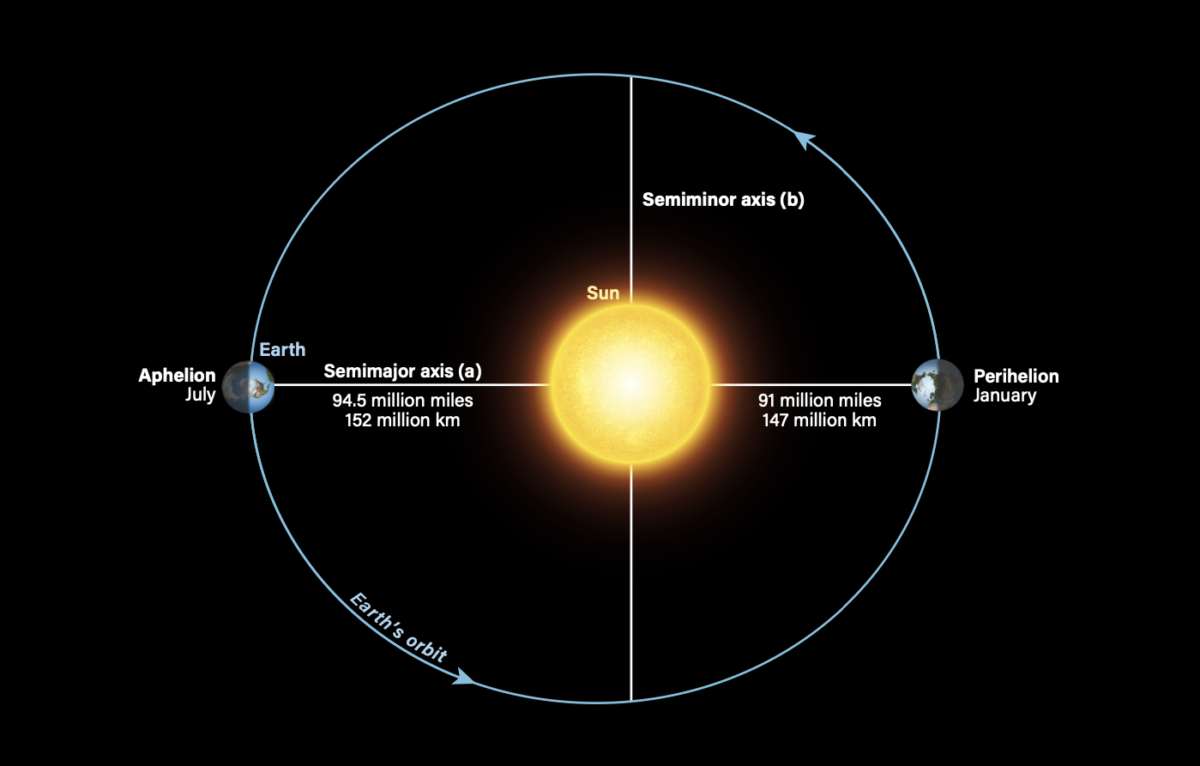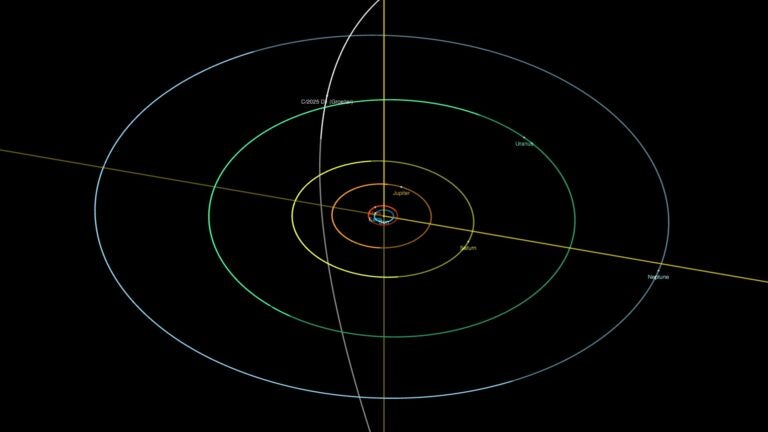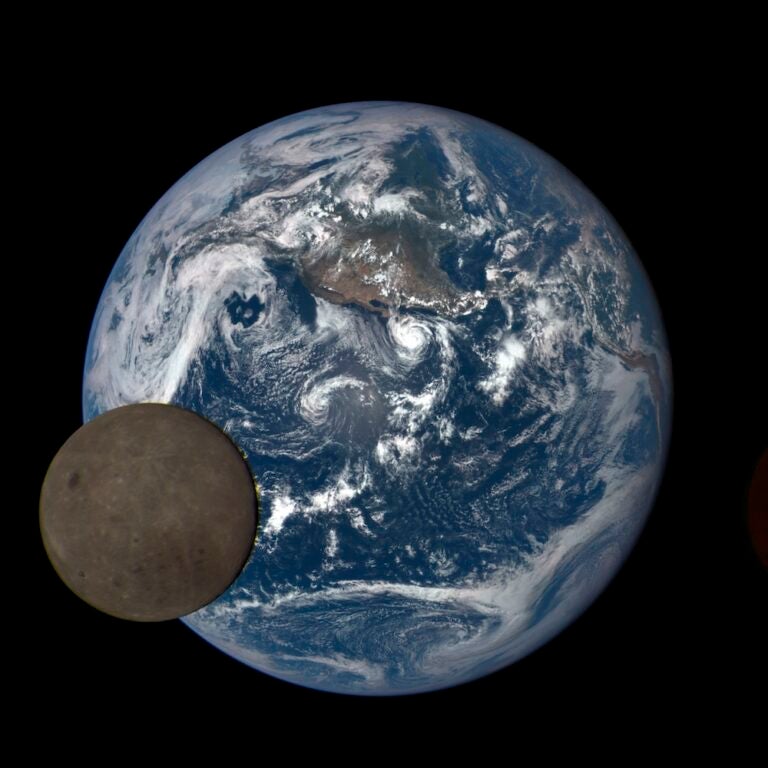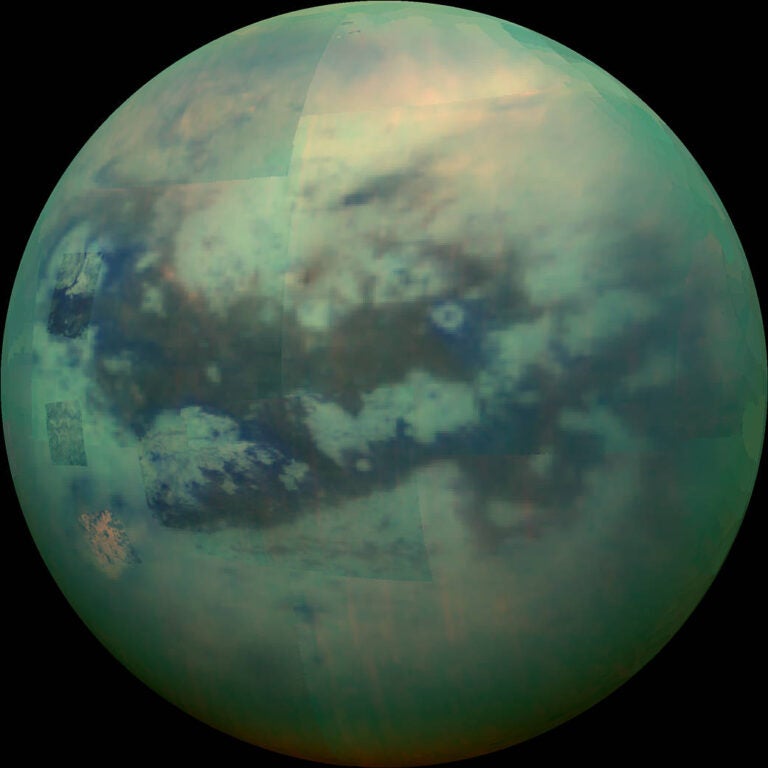
How big is the ellipse that our planet travels in a year around the Sun?
J.J. Müdespacher
Mexico City, Mexico
Earth’s orbit around the Sun is not circular, but an ellipse that is slightly elongated with an eccentricity of 0.017. (An eccentricity of 0 is a circle, while the dwarf planet Pluto has a relatively high orbital eccentricity of 0.244. The maximum eccentricity possible is 1, which forms not a closed orbit but a parabola, meaning the object will never complete a full orbit but instead be flung off into space.)
The difference between perihelion, when Earth is closest to the Sun, and aphelion, when Earth is farthest from the Sun, is only about 3 percent, or roughly 3 million miles (4.8 million kilometers). At perihelion, which occurs in January, Earth is generally about 91 million miles (147 million km) from the Sun; at aphelion in July, Earth is about 94.5 million miles (152 million km) from the Sun.
To calculate the size (perimeter) of the ellipse Earth travels each year, we need its semimajor axis (a) and semiminor axis (b). NASA gives the semimajor axis of our planet’s orbit as nearly 93 million miles (149,598,000 km). From this value and the eccentricity e of Earth’s orbit (0.017), we can calculate the semiminor axis of Earth’s orbit by rearranging the equation to calculate eccentricity:

into

From this, we find that Earth’s semiminor axis is 92.9 million miles (149,577,140 km).
Although there is no simple formula to calculate the perimeter C of an ellipse, it can be approximated by

This gives us a perimeter for Earth’s orbit of roughly 584 million miles (940 million km).
Alison Klesman
Senior Editor









